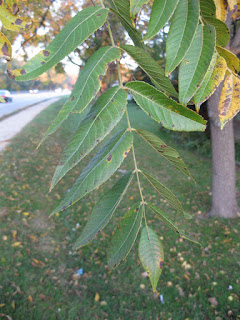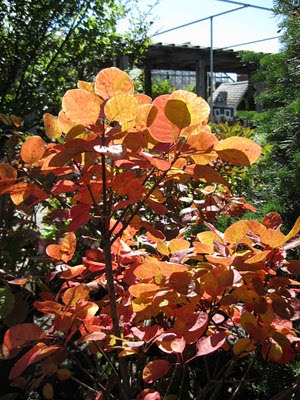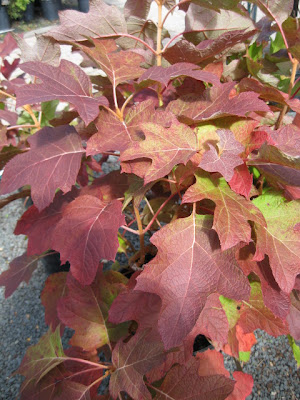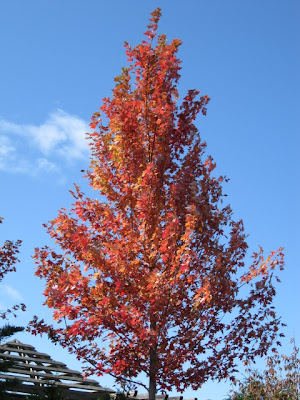 |
| Pumpkins don't just come in plain orange any more |
They’re weird. They're wacky. They’re warty. And they’re all the rage for Halloween.
Unusual pumpkins in a variety of colors and shapes can create a collection worthy of the most ghoulish ghosts and goblins. With names like Red Warty Thing, One Too Many, Peanut and Full Moon, there’s sure to be one that fits your fear factor.
That’s especially true in Illinois, the nation’s largest pumpkin-producing state. It grew more than 40 percent of last year’s crop, twice that of its nearest competitor.
This year was especially difficult for pumpkins in many states because of drought conditions and Hurricane Irene. For a while, it was even touch and go locally.
“Every time we planted, we got two to three inches of rain,” said Kevin Heap of Heap’s Giant Pumpkin Farm in Minooka. The third planting finally took, he said. Then came this summer’s extreme heat, which put the plants under a lot of stress.
Heap said many of his giant pumpkin varieties, which can reach 500 pounds, didn’t get quite as big as they usually do as a result.
“The rains in August and early September really helped a lot of things,” said Heap, who grows about 30 acres of pumpkins annually. “I got a lot better crop than I had expected.”
George White of Country Bumpkin in Mundelein had a similar experience.
“It was really a roller coaster ride,” he said. “The pumpkins did ripen a bit early but the night temperatures have been mild so there haven’t been any problems locally,” he added.
More and more unusual pumpkins are being grown every year. Most people use them whole, without carving, as a way to add color and texture to their traditional Jack-o’-lanterns. If you do want to carve one of the wartier pumpkins, though, be careful. Their skin is tougher than you might think.
“It’s tough but do-able,” White said.
When asked if they had a favorite pumpkin, both men were diplomatic. “I really don’t have a favorite,” Heap said, although he does have a bit of a soft spot for Knuckleheads. “They’re all special to me,” White noted.
For the record, all of the unusual pumpkins are edible, although some are better than others.
If you’re perplexed about these peculiar pumpkins, don’t panic. Below is a primer to help you pick out the perfect pumpkins for your porch this Halloween. Enjoy!
 |
| Cinderella This reddish orange French heirloom pumpkin is also known as Rouge Vi D'Etampes. Thought to be the inspiration for the coach in the popular fairy tale. |
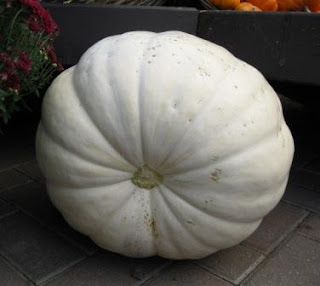 |
| Full Moon New. The biggest white pumpkin. Especially striking with black stenciling on it. |
 |
| Green Warty Thing A variation of Italy's Marina di Chioggia. Blue-gray and very warty. Soon to be a classic. |
 |
| Knucklehead The warts on this pumpkin change color after the skin, often resulting in green warts. Particularly scary. |
 |
| One Too Many Looks like a bloodshot eyeball. Orange stripes and speckles on a cream background. |
 |
| Peanut Pinkish-salmon with tan peanut-like warts. It's a French heirloom named Galeux d'Eysines. And yes, it's real. |
 |
| Queen Anne's Lace This blue-gray pumpkin is a more elegant version of Australia's Jarrahdale. Its bottom is sloped, like an upside down pyramid. |
 |
| Red Warty Thing Exceptionally bumpy. This new red-orange variety is a cross between a Red Hubbard squash and an unknown pumpkin. |
 |
| Speckled Hound Orange with blue-green splotches. This is technically a winter squash but passes for a pumpkin. |



